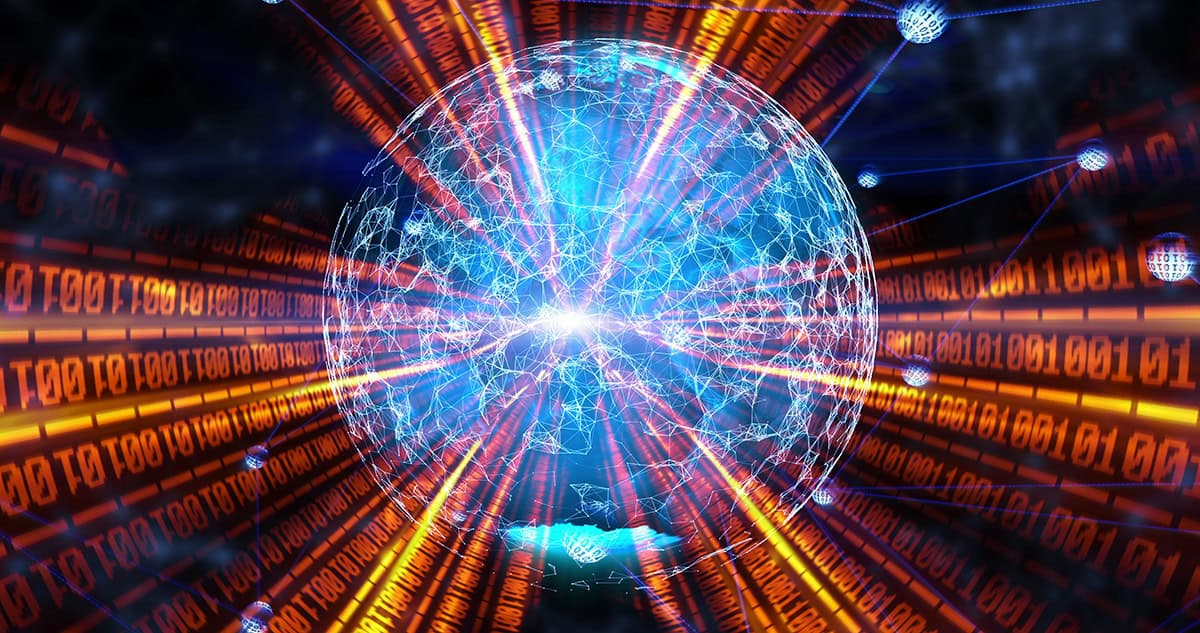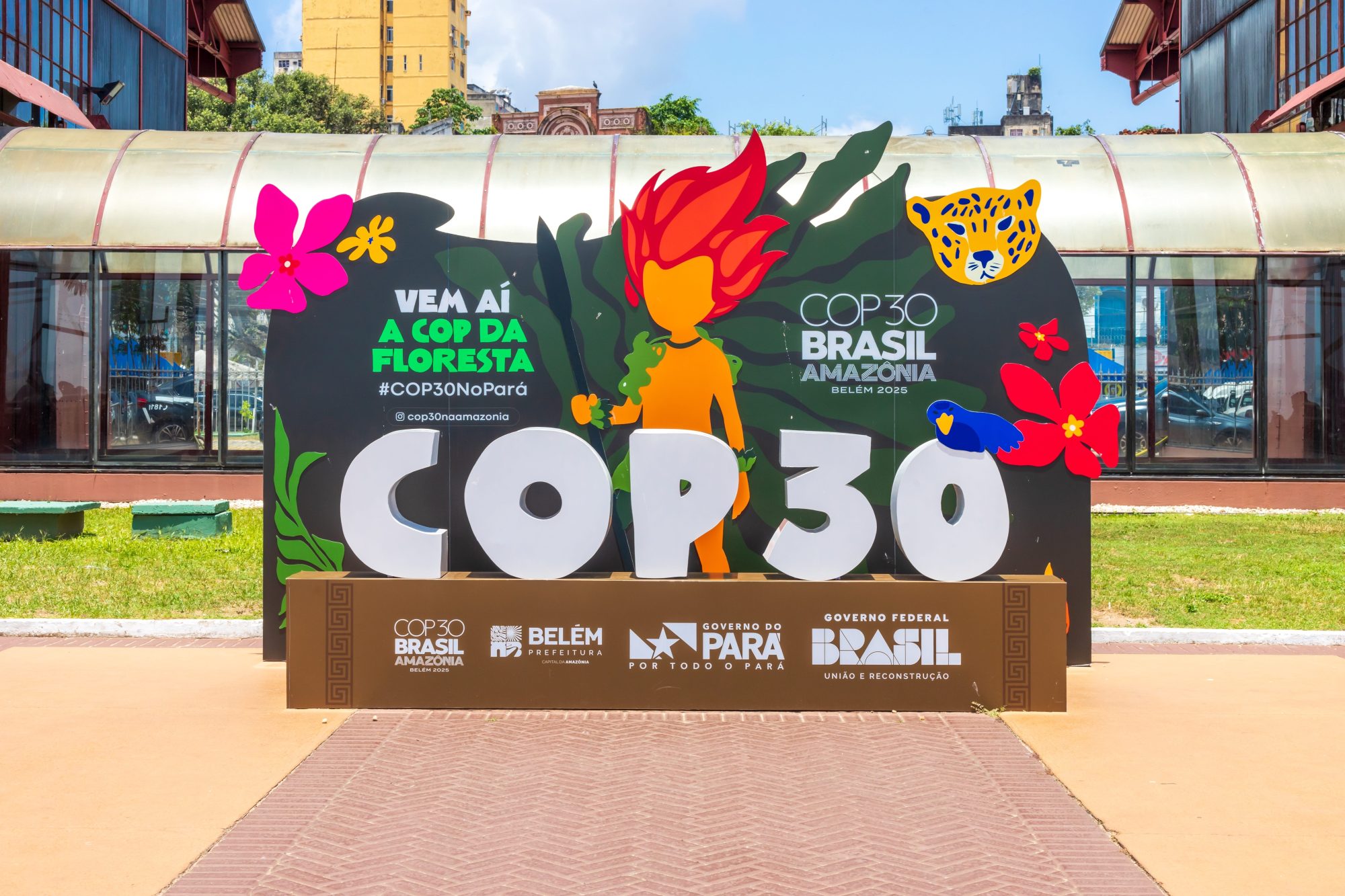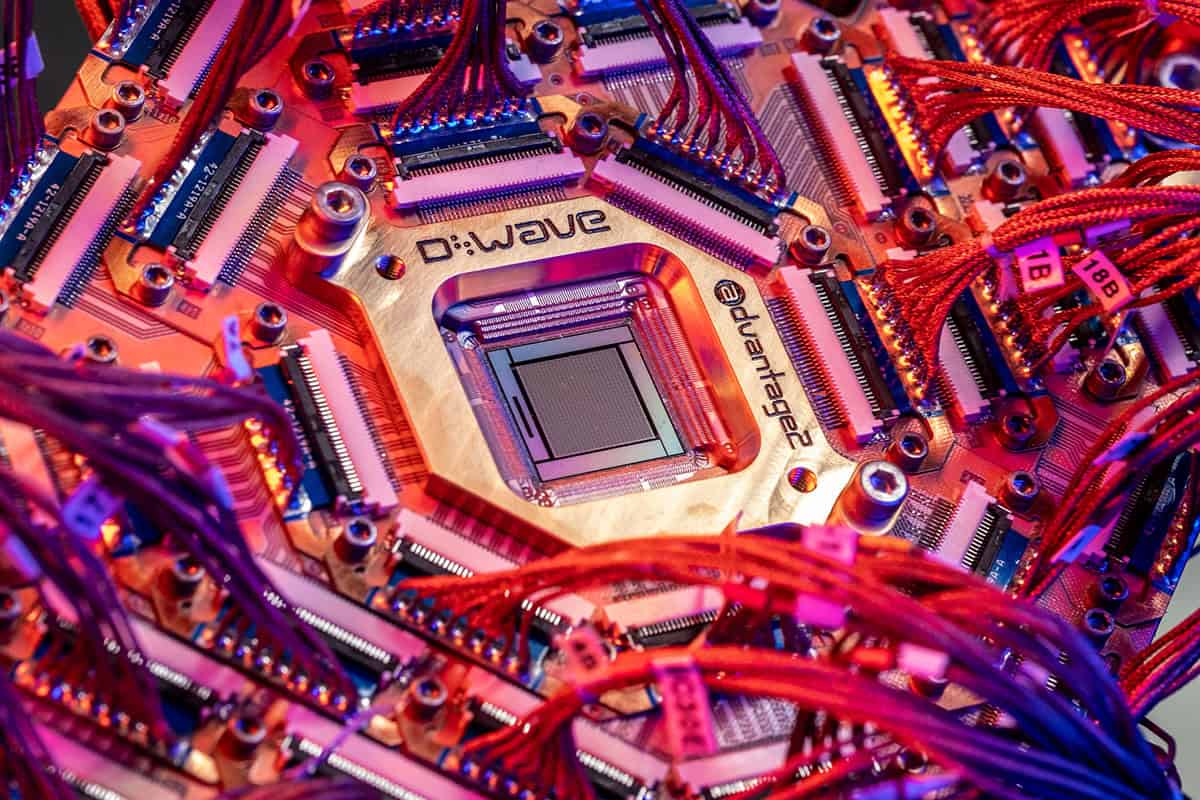Advancements in quantum computing are taking a significant step forward with the development of improved quantum error correction codes. These codes are essential for protecting quantum information from issues like decoherence and quantum noise, which hinder the reliability of quantum systems. Among these innovations is the five-qubit error correction code, which uses a minimum of five physical qubits to address single-qubit errors, making it pivotal for more sophisticated quantum algorithms.
The five-qubit code utilizes five physical qubits—basic units of quantum information—to correct a single logical qubit. This arrangement is designed to safeguard against errors that can arise from hardware imperfections. Despite these protective measures, quantum errors can still emerge, which has led researchers to explore enhanced verification techniques.
One innovative approach is known as self-testing. This powerful method allows researchers to verify quantum properties without needing a detailed understanding of the internal workings of quantum devices. Originally focused on bipartite systems, self-testing has evolved to address multipartite entanglement, involving three or more subsystems. The latest developments focus on genuinely entangled subspaces, which provide stronger guarantees of entanglement than more general multipartite states, thus enhancing their reliability for quantum computing applications.
In a recent study, researchers employed self-testing techniques to certify genuinely entangled logical subspaces within the five-qubit code across both photonic and superconducting platforms. By preparing informationally complete logical states, they ensured a comprehensive characterization of the system’s behavior. The researchers simulated basic quantum errors, specifically Pauli errors, to replicate real-world noise conditions.
To evaluate the system’s performance after introducing these errors, the team utilized adapted Bell inequalities, which are mathematical tests that help ensure the system remains in its initial logical subspaces. Extractability measures were then applied to assess how closely the tested quantum systems matched the ideal target state, with a score of 1 representing a perfect match.
The results were promising. The photonic platform recorded an extractability score of 0.828 ± 0.006, indicating that its logical subspace was nearly ideal. Meanwhile, the superconducting platform achieved a score of 0.621 ± 0.007, still demonstrating significant entanglement despite being lower than the photonic counterpart. These findings underline the effectiveness of the self-testing method and confirm robust entanglement in the five-qubit code across both quantum systems.
This research not only advances the field of quantum technologies but also reinforces the importance of reliable methods for verifying and characterizing complex quantum structures. Such developments are crucial for creating scalable quantum systems capable of meeting the demands of future applications. The work illustrates that device-independent certification can extend beyond mere quantum states and measurements, paving the way for more general quantum structures.
For more detailed insights, the full research can be found in the article titled “Certification of genuinely entangled subspaces of the five qubit code via robust self-testing” by Yu Guo et al., published in 2025 Report on Progress in Physics.







